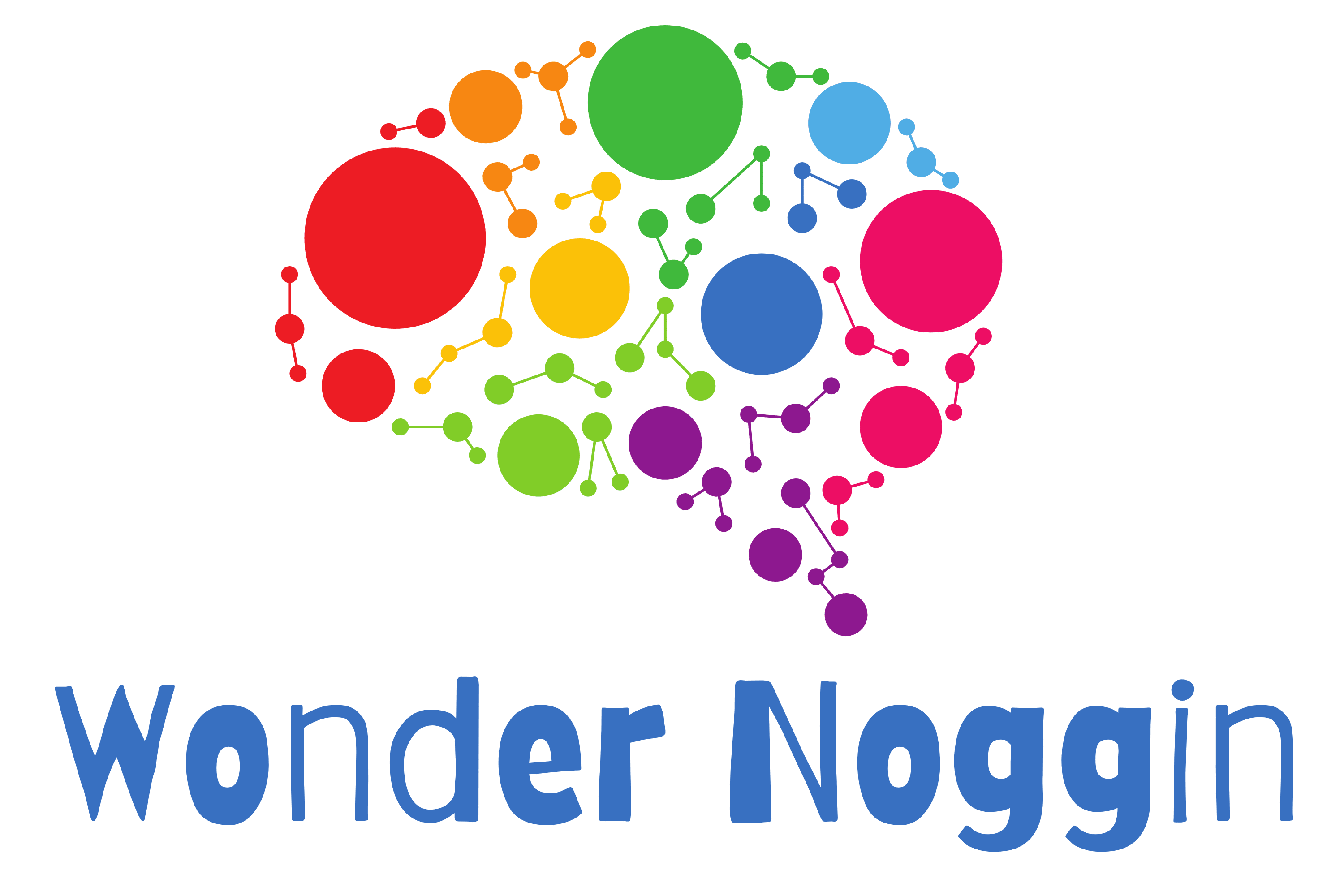As a parent, you’re always looking for ways to give your children the best opportunities in life. One area that’s becoming increasingly important is STEM (Science, Technology, Engineering, and Mathematics). But did you know that STEM fields are currently dominated by white males, with women and minorities severely underrepresented?
The statistics are eye-opening: 89% of the STEM workforce is white and 72% is male, compared to 78% and 53% respectively in the overall workforce.
This lack of diversity isn’t just a social issue; it’s a missed opportunity for creativity and innovation.
Studies have shown that cognitive diversity can boost team innovation by up to 20%. As we look to the future, with increasing demand for STEM skills, it’s clear that embracing diversity isn’t just the right thing to do – it’s essential for progress.
You can play a crucial role in changing this landscape by encouraging diversity in STEM right from your home. By exposing your children to diverse role models and fostering an inclusive learning environment, you’re not only preparing them for future success but also contributing to a more innovative and creative STEM workforce.
Studies show that diverse teams outperform homogeneous ones, even when the latter are considered more skilled individually.
Let’s explore how you can nurture your child’s STEM interests while promoting diversity and inclusion.
Understanding Diversity in STEM
Diversity in STEM refers to the inclusion of people from various backgrounds in science, technology, engineering, and mathematics fields. It encompasses differences in gender, race, ethnicity, age, and socioeconomic status.
Promoting diversity in STEM aims to create a more representative workforce, foster innovation through varied perspectives, and ensure equal opportunities for all in these crucial sectors.
What Is STEM?
STEM stands for Science, Technology, Engineering, and Mathematics. It encompasses a wide range of disciplines that form the backbone of technological advancement and scientific discovery. STEM fields include:
- Computer science and information technology
- Engineering (mechanical, electrical, civil, chemical)
- Life sciences (biology, ecology, genetics)
- Physical sciences (physics, chemistry, astronomy)
- Mathematics and statistics
STEM professionals drive innovation across industries, from developing new technologies to solving environmental challenges. The demand for STEM skills continues to grow, with computer and information research scientist jobs expected to increase by 10.8% by 2031, double the rate for all occupations.
Defining Diversity in STEM Fields
Diversity in STEM refers to the inclusion of individuals from various backgrounds, experiences, and identities. It encompasses:
- Gender diversity
- Racial and ethnic diversity
- Socioeconomic diversity
- Disability status
- Age diversity
- Cultural and linguistic diversity
A diverse STEM workforce brings together different perspectives, leading to more creative problem-solving and innovative solutions. Studies show that diverse teams outperform homogeneous ones, even when the latter consists of high-performing individuals.
Addressing these disparities is essential for creating a more inclusive and innovative STEM environment. By promoting diversity in STEM education and careers, we can tap into a broader pool of talent and perspectives, driving scientific and technological progress for the benefit of society as a whole.
The Importance of Diversity in STEM
As we already discussed, diversity in STEM fields is crucial for driving innovation, enhancing problem-solving capabilities, and creating a more inclusive workplace culture. A diverse STEM workforce leverages different backgrounds, experiences, and perspectives to foster creativity and technological advancements.
Fostering Innovation and Creativity
Diversity in STEM fuels innovation by bringing together varied viewpoints and approaches.
This increase in innovative thinking is essential for generating new technological and scientific insights, which are the cornerstones of STEM fields. By incorporating diverse perspectives, STEM teams can approach challenges from multiple angles, leading to more creative solutions and groundbreaking discoveries.
Improving Problem-Solving Capabilities
A diverse STEM workforce enhances problem-solving capabilities by drawing on a wide range of experiences and knowledge. Different backgrounds and cultural perspectives contribute to a more comprehensive understanding of complex issues. This diversity of thought enables teams to identify and address potential blind spots, resulting in more robust and effective solutions.
By tapping into a variety of problem-solving approaches, STEM organizations can tackle challenges more efficiently and develop innovative products and services that cater to a broader audience.
Enhancing Workplace Culture
Diversity in STEM contributes to a more inclusive and dynamic workplace culture. A diverse workforce fosters an environment where different ideas are valued and respected, leading to increased collaboration and employee satisfaction. This inclusive culture attracts top talent from various backgrounds, creating a positive feedback loop that further enhances diversity and innovation. Additionally, a diverse STEM workplace better reflects the society it serves, enabling organizations to develop products and solutions that meet the needs of a wider range of users and consumers.
Current State of Diversity in STEM
The current state of diversity in STEM fields reveals significant disparities across various demographic groups. Despite some progress, underrepresentation persists for women, racial and ethnic minorities, LGBTQ+ individuals, and people with disabilities.
1. Women in STEM: Women make up 35% of the STEM workforce in the U.S., an increase from 32% in 2011[1][4].
2. Underrepresented Minorities: Underrepresented minorities (Hispanic, Black, American Indian, and Alaska Native) collectively make up 24% of the STEM workforce[1][4].
3. Hispanic Representation: Hispanics represent 15% of the STEM workforce, up from 11% in 2011[1][3].
4. Black Representation: Black Americans make up 9% of the STEM workforce, up from 7% in 2011[1][3].
5. Asian Representation: Asian Americans make up 10% of the STEM workforce, up from 7% in 2011[1][3].
6. Indigenous Americans: Indigenous Americans and Alaska Natives account for less than 1% of the STEM workforce[1][3].
7. Disability Representation: People with disabilities make up 3% of the STEM workforce, with no change since 2011[1][4].
8. STEM Education: Women earned 66% of bachelor’s degrees in social and behavioral sciences, but only 16% in engineering[1].
9. STEM Degrees: Underrepresented minorities earned 26% of S&E bachelor’s degrees, 24% of S&E master’s degrees, and 16% of S&E doctoral degrees in 2020[1].
10. Associate’s Degrees: Hispanic students earned 32% of S&E associate’s degrees among U.S. citizens and permanent residents in 2020[1].
11. STEM Workforce Growth: STEM occupations are projected to grow by 8% from 2022 to 2032, compared to 3% for non-STEM occupations[5].
12. Women in Tech: Women make up 29% of the STEM workforce in 2024, up from 27% in 2020[5].
13. STEM Enrollment: Enrollment in STEM majors has grown by 15% over the past five years[5].
14. Diversity Programs: 65% of STEM companies report having formal diversity and inclusion programs in place, up from 50% in 2020[5].
15. Graduation Rates: The number of women and non-binary people graduating in core STEM subjects has grown from 22,020 to 35,330 between 2015 and 2021/22[6].
These statistics highlight recent trends and progress in diversity within STEM fields, including improvements in representation for women and underrepresented minorities, but also indicate that there is still significant work to be done to achieve parity.
Citations:
[1] https://ncses.nsf.gov/pubs/nsf23315/report
[2] https://phys.org/news/2023-01-diversity-trends-stem-workforce.html
[3] https://robertsmith.com/blog/diversity-in-stem/
[4] https://new.nsf.gov/news/diversity-and-stem-2023
[5] https://stemdts.com/the-stem-landscape-in-2024-key-trends-and-statistics/
[6] https://www.stemwomen.com/women-in-stem-statistics-progress-and-challenges
[7] https://www.theiet.org/media/press-releases/press-releases-2024/press-releases-2024-january-march/8-march-2024-over-one-million-women-now-in-stem-occupations-but-still-account-for-29-of-stem-workforce
Challenges to Diversity in STEM
Despite efforts to increase diversity in STEM fields, significant obstacles persist. These challenges hinder the full participation and representation of underrepresented groups in science, technology, engineering, and mathematics.
Institutional Barriers
Institutional barriers create systemic obstacles for underrepresented groups in STEM. Educational institutions and workplaces often lack inclusive policies and practices, limiting opportunities for diverse individuals. Unequal access to resources, funding, and advanced courses in K-12 education perpetuates disparities in STEM preparation.
Higher education institutions struggle to retain diverse students, with many facing financial constraints and inadequate support systems. In the workplace, hiring practices, promotion criteria, and workplace cultures can inadvertently disadvantage underrepresented groups, leading to lower retention rates and career advancement opportunities.
Stereotypes and Bias
Stereotypes and bias significantly impact diversity in STEM fields. Implicit biases influence decision-making processes in education and employment, often disadvantaging women, racial minorities, and other underrepresented groups.
A 2018 study found that 62% of Black STEM professionals and 42% of Hispanic professionals reported experiencing workplace discrimination.
These biases manifest in various ways, including lower expectations, unequal treatment, and microaggressions. Stereotype threat, where individuals fear confirming negative stereotypes about their group, can negatively affect performance and engagement in STEM activities.
Combating these deeply ingrained biases requires ongoing education, awareness, and active efforts to create inclusive environments.
Lack of Role Models and Mentors
The scarcity of diverse role models and mentors in STEM fields presents a significant challenge. Underrepresented groups often struggle to envision themselves in STEM careers due to the lack of visible representation in leadership positions and media portrayals.
This absence of relatable figures can discourage individuals from pursuing or persisting in STEM education and careers. Mentorship programs play a crucial role in supporting diverse talent, but the limited availability of mentors from underrepresented backgrounds creates a bottleneck effect.
Effective mentorship not only provides guidance and support but also helps navigate the unique challenges faced by underrepresented groups in STEM environments. Addressing this gap requires concerted efforts to promote and support diverse individuals in leadership roles and establish robust mentorship networks.
Strategies to Increase Diversity in STEM
Increasing diversity in STEM requires a multifaceted approach that addresses challenges at various stages of education and career development. Here are key strategies to promote inclusivity and representation in STEM fields:
Early Education Initiatives
Early education initiatives are crucial for fostering interest in STEM among underrepresented groups. These programs expose children to STEM concepts, build confidence, and create a foundation for future success. Examples include:
- Hands-on STEM activities in elementary schools
- Using STEM kids for kids at home to support ongoing education
- After-school robotics clubs and coding workshops
- Read STEM books with your little ones to teach STEM without having to rely on a screen
- STEM summer camps targeting minority students
- Integrate science shows to make STEM fun at an early age
- Partnerships between schools and local STEM companies for field trips and demonstrations
Mentorship Programs
Mentorship programs play a vital role in supporting underrepresented individuals in STEM. These programs provide guidance, encouragement, and valuable networking opportunities. Effective mentorship strategies include:
- Pairing students with professionals from similar backgrounds
- Creating peer mentoring networks within educational institutions
- Offering virtual mentorship opportunities to expand reach
- Providing mentorship training to ensure effective relationships
Inclusive Hiring Practices
Implementing inclusive hiring practices is essential for increasing diversity in STEM workplaces. Organizations can adopt the following strategies:
- Diversifying hiring panels to include underrepresented perspectives
- Implementing structured interviews with standardized questions
- Setting diversity goals and tracking progress over time
- Partnering with organizations that focus on minority STEM talent
- Offering leadership training programs for minority employees
- Providing funding for conference attendance and professional certifications
- Creating employee resource groups for underrepresented communities
- Implementing fair promotion practices and transparent career paths
- Offering flexible work arrangements to accommodate diverse needs
Impact of Diversity on STEM Industries
Diversity in STEM industries drives innovation, enhances problem-solving capabilities, and creates a more inclusive workplace culture. The impact of diversity on STEM industries extends far beyond social equality, affecting economic growth, scientific progress, and societal advancement.
Economic Benefits
Diverse STEM workforces contribute significantly to economic growth. Companies with diverse teams are 35% more likely to outperform their competitors financially. STEM workers, regardless of background, earn higher median salaries compared to non-STEM workers, with a 26% wage premium.
This income boost stimulates local economies and increases overall economic productivity. Diverse teams also drive innovation, leading to new products and services that expand market opportunities and create jobs.
Scientific Advancements
Diversity accelerates scientific progress by bringing varied perspectives to complex problems. Diverse research teams publish in higher-impact journals and receive more citations than homogeneous groups. For example, gender-diverse teams produce 34% more citations than single-gender teams.
This diversity of thought leads to groundbreaking discoveries and technological innovations. Inclusive research environments also address a wider range of scientific questions, ensuring advancements benefit broader segments of society.
Social Progress
STEM diversity promotes social equity and representation. When underrepresented groups see themselves reflected in STEM fields, it inspires future generations to pursue these careers. Diverse STEM professionals develop technologies and solutions that address the needs of various communities, leading to more inclusive and accessible innovations. For instance, diverse teams are more likely to consider accessibility features in product design, benefiting individuals with disabilities. This inclusivity in STEM drives societal progress by creating solutions that cater to a wider range of human experiences and needs.
Conclusion
Diversity in STEM isn’t just a goal it’s a necessity for innovation and progress. By embracing varied perspectives we unlock new solutions to complex problems and drive scientific advancement. While challenges persist the benefits of a diverse STEM workforce are clear.
It’s up to all of us to champion inclusivity in STEM fields. From early education initiatives to corporate policies we must actively work to break down barriers and create opportunities for underrepresented groups. By doing so we’ll foster a more innovative equitable and prosperous future in science and technology.
Let’s commit to making STEM a field where everyone can thrive regardless of background. The future of innovation depends on it.







0 Comments